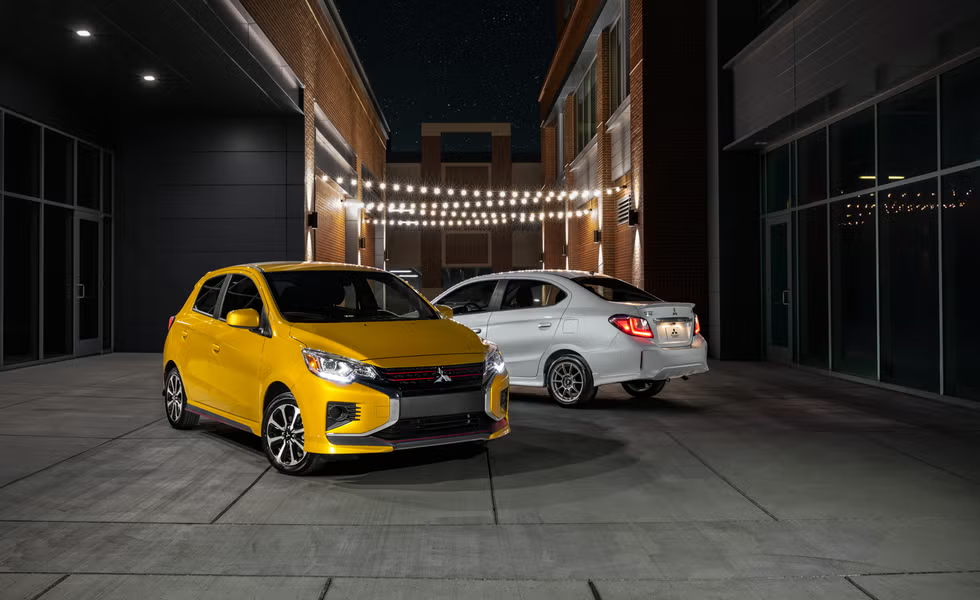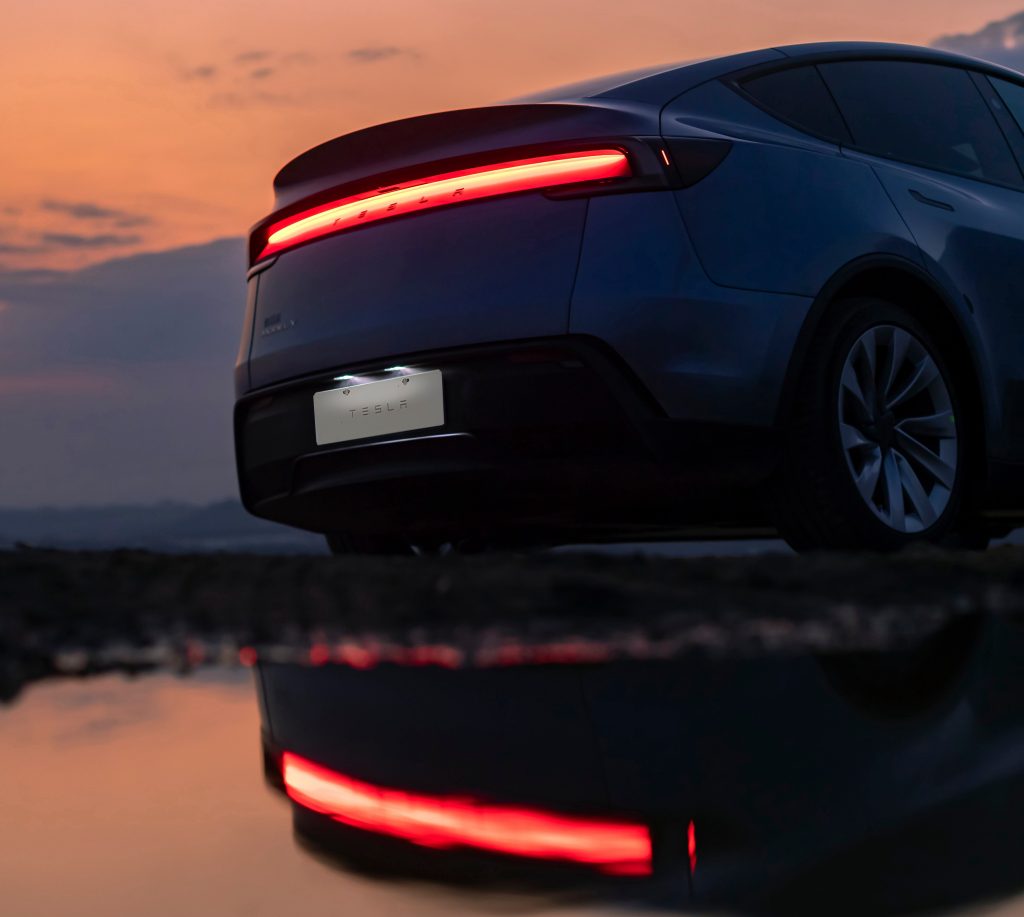Alfa Romeo Extends Production of Giulia and Stelvio Amidst Strategic Shift
Reports on manufacturing, labor and earnings with clear, practical context. Drives a Tesla Model 3 RWD; family hauler is a Volvo XC60.
In a surprising move, Alfa Romeo has announced the extension of production for its popular Giulia and Stelvio models through 2026. This decision highlights a strategic shift as the automaker recalibrates its approach to future vehicle launches, incorporating both internal-combustion engines and electric powertrains.
Alfa Romeo's Strategic Extension
During a recent presentation of the newly facelifted Tonale subcompact SUV, Alfa Romeo's CEO Santo Ficili revealed that the Giulia and Stelvio models will continue production for an additional year. This extension is not merely a holdover but a calculated move to fill the gap until their successors are ready for market introduction. Originally slated for a complete transition to electric powertrains, Alfa Romeo has decided to include internal-combustion options in response to current market dynamics.
The delay in launching the next-generation models is a response to slower-than-anticipated adoption rates of electric vehicles (EVs). Alfa Romeo's decision to incorporate internal-combustion engines alongside EVs aligns with a broader industry trend of balancing innovation with market realities. By adapting the STLA Large platform to support traditional engines, Alfa aims to cater to a diverse customer base while ensuring performance reliability.
The current Giulia and Stelvio, both built on the Giorgio platform, have been mainstays in the American market for a decade. Their extended production run will allow Alfa Romeo to smoothly transition to the new models expected in 2027. Meanwhile, the upcoming versions will share technological advancements with other models in the Stellantis group, such as the Dodge Charger Sixpack, which features a Hurricane twin-turbocharged inline-six engine.
Additionally, Alfa Romeo has hinted at the revival of its high-performance Quadrifoglio versions for both the Giulia and Stelvio. These versions could potentially utilize Maserati's current V-6 engines, promising a blend of luxury and performance that enthusiasts have come to expect. This strategic move is part of Alfa Romeo's broader effort to maintain its brand identity while adapting to changing automotive landscapes.
As Alfa Romeo embarks on this transitional phase, the extension of Giulia and Stelvio production underscores the brand's commitment to versatility and performance. By navigating the complexities of modern automotive demands, Alfa Romeo aims to set a precedent for balancing heritage with innovation. This approach could well define its success in the coming years, as the industry continues to evolve.
About Priya Nair
Reports on manufacturing, labor and earnings with clear, practical context. Drives a Tesla Model 3 RWD; family hauler is a Volvo XC60.



